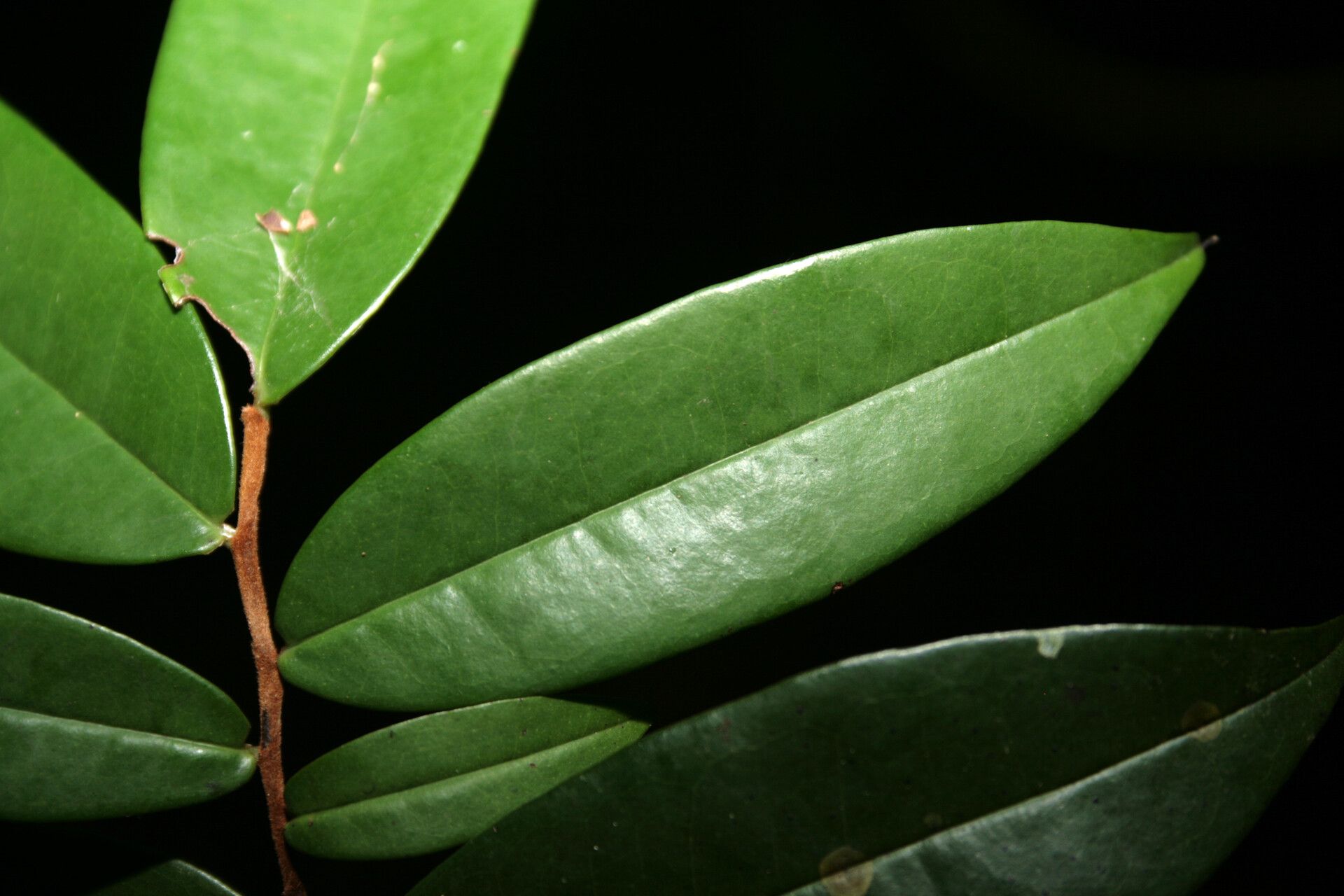Unveiling the Secrets of Yellow Sandalwood: A Guide to Propagating Oxandra xylopioides
The captivating aroma of sandalwood evokes a sense of tranquility and luxury. While Indian sandalwood (Santalum album) often takes center stage, its relative, the Yellow Sandalwood (Oxandra xylopioides), offers a compelling alternative for both its fragrance and ecological importance. Native to the Caribbean and parts of Central and South America, this evergreen tree, sadly overexploited for its fragrant wood, deserves a comeback. But how do you grow your own Yellow Sandalwood? Let’s delve into the fascinating world of propagating this remarkable species.
Seeds: A Test of Patience and Persistence
The most common method of propagation for Oxandra xylopioides is through seeds. However, don’t expect instant gratification. These seeds are notoriously slow to germinate, often taking several months to sprout.
Here’s a step-by-step guide:
- Sourcing Seeds: Obtaining viable seeds is crucial. Seek out reputable seed suppliers specializing in tropical hardwoods or explore collaborations with botanical gardens conserving this species.
- Pre-treatment: Gently scarify the seeds by nicking the outer coat with a file. This can help water penetrate and encourage germination. Soaking the seeds in warm water for 24 hours can further aid in softening the seed coat.
- Sowing: Plant the seeds in a well-draining seedling mix. A mixture of peat moss, perlite, and vermiculite works well. Plant the seeds about half an inch deep and keep the soil consistently moist but not waterlogged.
- Patience is Key: Place the seed tray in a warm, humid environment with indirect sunlight. Be patient – germination can take several months.
Alternatives: Exploring the Possibilities
While seed propagation is the most widely practiced method, exploring alternative techniques can offer exciting possibilities:
- Cuttings: Taking stem cuttings from mature and healthy trees holds potential. Dipping the cut end in rooting hormone and planting it in a moist, well-draining medium might induce root development. However, this method requires further research and experimentation for successful outcomes.
- Air Layering: This technique involves promoting root development on a branch while it’s still attached to the parent plant. Though promising, air layering Oxandra xylopioides remains largely unexplored and might require specific expertise.
Challenges and Rewards:
Propagating Yellow Sandalwood can be a journey of patience and perseverance. The slow germination rates and potential difficulties with alternative techniques might seem daunting. However, the rewards are well worth the effort.
By successfully propagating Oxandra xylopioides, you contribute directly to the conservation of this vulnerable species. Imagine the satisfaction of nurturing a seedling into a majestic tree, its fragrant wood carrying the legacy of your dedication. Moreover, the increasing demand for sustainable sandalwood sources makes cultivating Yellow Sandalwood a potentially viable economic opportunity.
Joining the Movement:
Propagating Oxandra xylopioides is more than just gardening; it’s an act of conservation, a celebration of biodiversity, and a testament to the power of patience. As awareness grows about the ecological importance and economic potential of this remarkable tree, more individuals and communities can participate in its revival. Embrace the challenge, explore the possibilities, and join the movement to repopulate the world with the captivating essence of Yellow Sandalwood.

